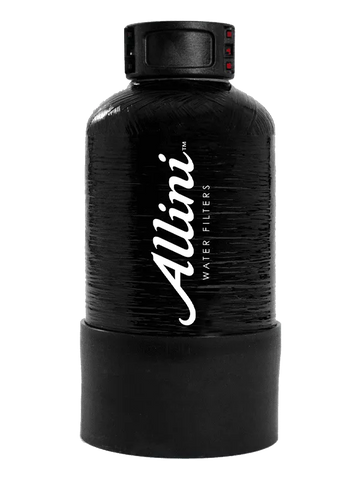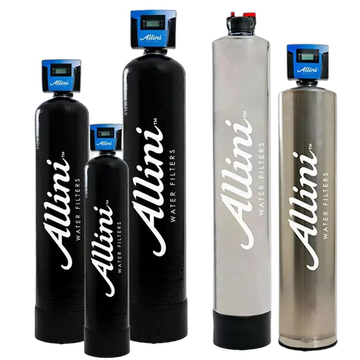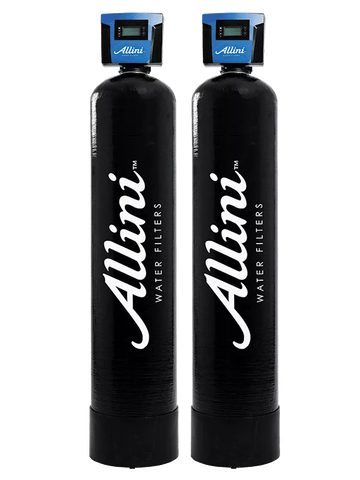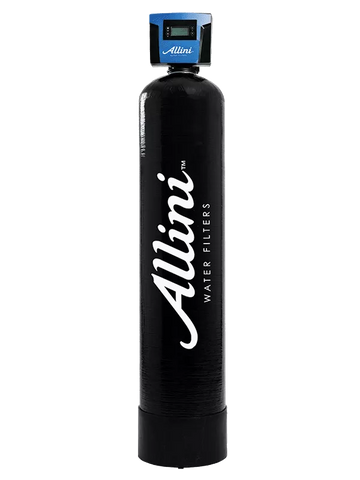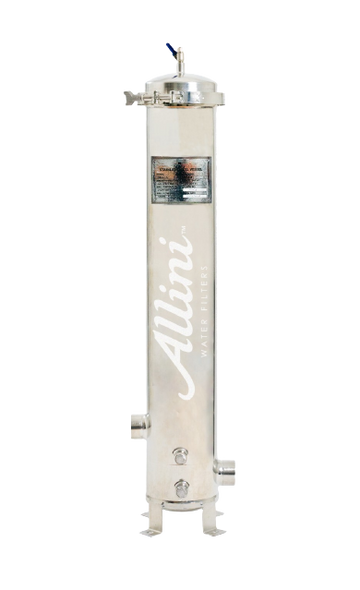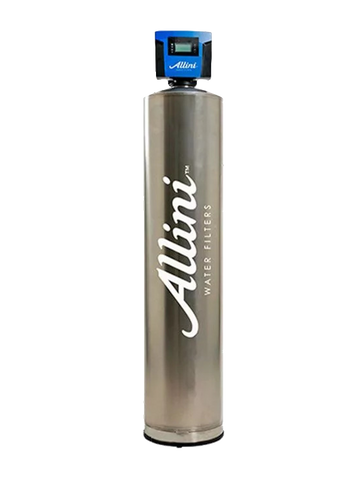ALLINI WATER FILTERS
Over 20 Years of Excellence
Clean Purified water is vital to healthy living, growing children, and quality of life. Allini has had the pleasure of servicing clients from Florida to New York for over 20 years with superior high quality, low maintenance water filters and pure refreshing water for generations. We provide water filtration services for New York City and South Florida, including Boca Raton, Fort Lauderdale, Doral, Miami, and Palm Beach.

5 Reasons Why Our Filters are Different
Custom
All Allini Water Filter whole house, under the sink, and commercial water filtration systems are custom made to purify the exact water in your home, removing chemicals from water that your family uses every day. The chlorine and contaminants levels in each city differs, and sediment is even different from one house to another. So, why would you want the same filter? We personalize each filter, and immediately after installing your Allini water filter, 99% of the chlorine will be gone, along with any sediment or discoloration, chemical contaminants, and pesticides. We take pride in using our advanced science and technology to create the best water filter that will give you and your family the best results. Guaranteed.
Zero Maintenance
Allini whole house water filters do not have any monthly cartridges or maintenance. While most whole house water filter systems on the market have pre-filters, our water purification systems do not. This not only saves you time and money, but also reduces your home’s carbon footprint.
Chemical Free
Our water purification systems use over 9 organic and bio ceramic medias, we have mastered the technique of creating great tasting, clean water, free from any chemicals. Most other multi-media water filter systems on the market use only up to 4 medias in their water filters which limits purification results. One of the bio ceramics found in our patented bio ceramic blend is magnetic, enabling the water filter to straighten the water molecule, which allows all the media to purify the water most efficiently. Most multi-media filter systems use inorganic medias such as resin, which pollutes the environment when the systems back wash. Allini water filter systems use natural media in order to be sustainable and care for the earth.
Water Balance Technology
We take water purification one step further by using our Water Balance Technology™ which enables us to purify the water of harmful contaminants while changing the structure of minerals such as calcium and magnesium. By doing this, the water is conditioned, meaning the minerals naturally found in your water are still present, but there will not be any heavy scale build up on your appliances.
Alkalinity
All Allini whole house water filtration systems, under the sink water filters, and commercial water filtration systems naturally raise your home’s tap water alkalinity. Slightly alkaline water with a raised Ph is super hydrating, meaning smaller water cluster size allows water to penetrate cells more easily, hydrating the body most efficiently.
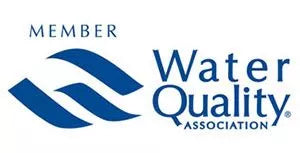

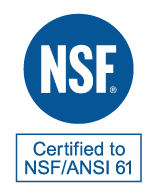
The exclusive blend of organic and bio-ceramic medias used in our filters are all chemical free.
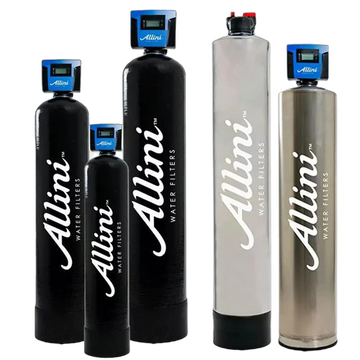
KDF (Kinetic Degradation Fluxion)
A high-purity copper-zinc formulation that removes chlorine, lead, mercury, iron, and hydrogen sulphide from water. It also extends the life of the filter media.
Triple Layer Carbon
This includes the highest quality of carbon that removes chlorine from organics, tastes and odors. The carbon increases the time between regeneration.
Rapid Sand
A specially formulated natural sand that efficiently filters sediment and contaminants.
Bio-Ceramics
- Ceramic Pouch – Creates antioxidant structured water with better taste. It’s 3 times more hydrating than unfiltered tap water.
- Super Ceramic – Produces FIR (Far Infrared) light which restructures water.
- Negative Ion Ceramic – Removes pollutants out of water, splits water molecules and creates negative ions. Increases negative ORP (Oxygen Reduction Potential) and increases hydration and metabolism.
- Softening Ceramic – Reduced mineral hardness in drinking water. Creates softened and healthy water without the use of chemicals.
Layered Stone & Quartz Crystals
The backbone of the Allini system prevents water channeling, aids in the preservation of filter life, and assists in the body’s ability to hydrate more efficiently
Garnet Grades
Combines fine and coarse garnet. Includes hard, durable minerals that help the filter remove all fine sediments.

